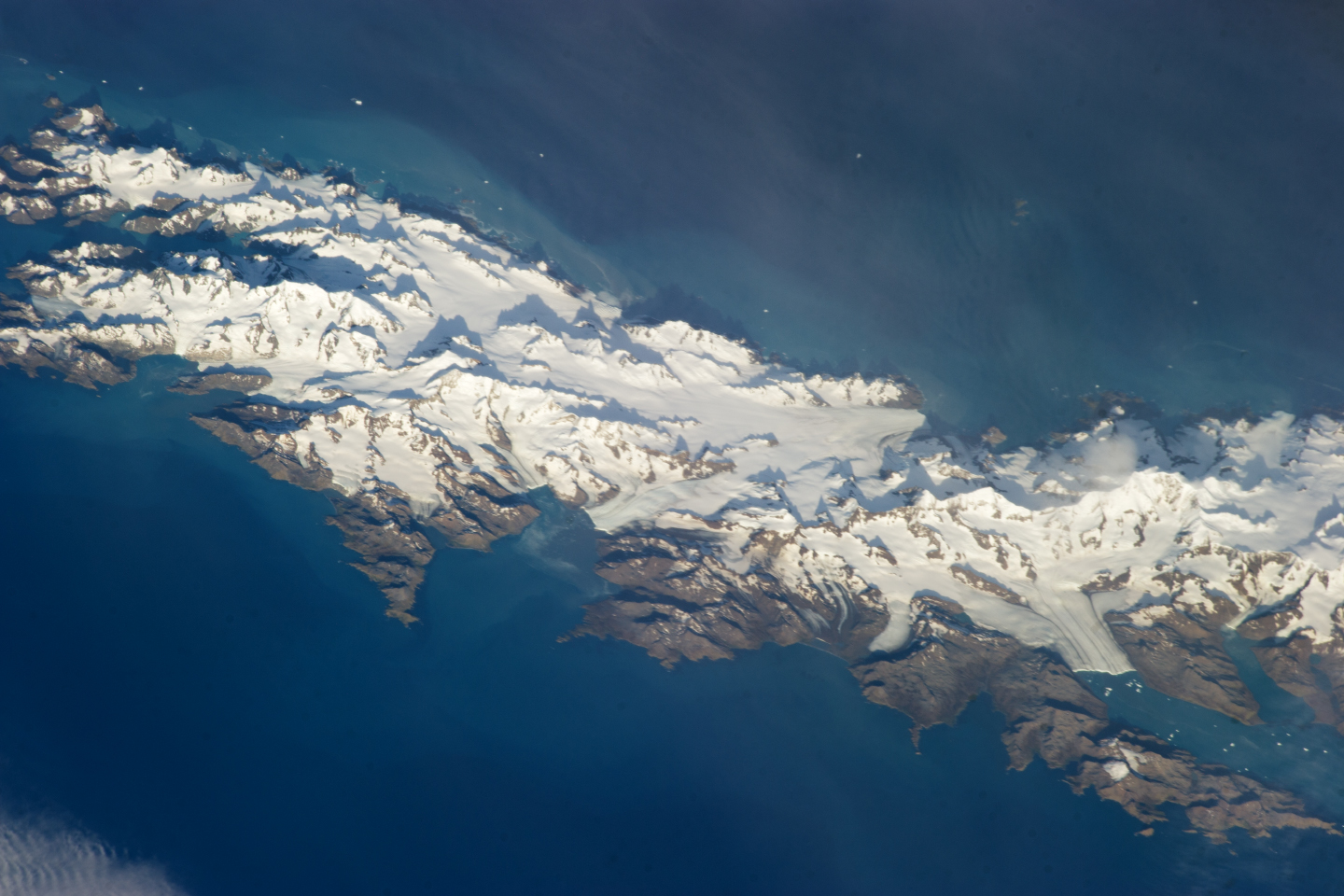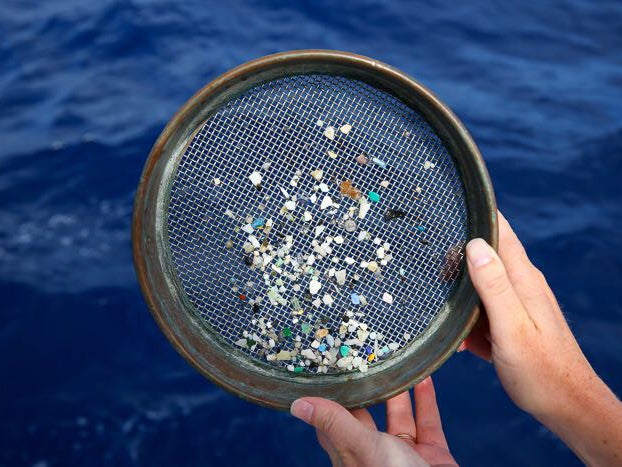
Plastic – a material we encounter on a daily basis which is now an essential part of our lives. There is so much plastic made in the world that it has now become a pollutant to us.
Plastic pollution has spread to every corner of the world due to man’s excessive use and lack of knowledge on proper disposal. Places on earth that humans have not visited may already have plastic residue! From the depths of the ocean to the top of mountains, it may not be visible to the naked eye but its presence is undeniable.

Located within the South Atlantic Ocean lies South Georgia Island. A beautiful, clean, pristine and litter-free island untouched by man comes to mind? Well, not exactly.

Jack Buckingham, a 2nd year PhD student at the University of Hull gave a talk about his ongoing research in microplastics. Microplastics are plastic pieces categorised as lesser than 5mm. He was sent by the British Antarctics to do sample collections at Falkland island and South Georgia Island (King Edward Point Research Station) and found plenty of microplastics there.
The main focus of his work is to examine the movement of microplastics through the food web – from the lower trophic level such as planktons, up to the larger predators such as fish.
This is performed by taking of water samples and sediment samples and collecting scat from a wide variety of animals, including penguins and elephant seals.
The collected samples will be filtered through a Whatman 90mm filter paper and will be observed under a microscope to check for the presence of microplastics.

Some organic materials may have similar resemblance to plastics. Therefore to further confirm their identity, they are placed in a FT-IR machine and their reflectance is measured and compared with a data pool. A higher confidence level may provide some hints of the nature of the material.
However, there are 2 limitations.
- The results are limited by the library database. Hence if a collected sample is unrecorded before, the library would not be able to provide an accurate result of the material.
- The machine has a limit of 50 microns, therefore nanoplastics cannot be analysed.
The field of microplastic research is still a growing area and more data needs to be collected and compiled to produce a more accurate finding for future references.

A video to introduce the plastic problem in our oceans:
It is vital that more of such research is performed on a global scale to share knowledge in these areas for the science to progress rapidly.
My thoughts:
After hearing this talk, a TED talk by Dr Dunn and doing my dissertation on microplastics, I am starting to consider if I should further my studies in this area of research. Research generally is not my cup of tea, however I do not mind doing the field work. Looking forward, this critical research would play an important role in saving our planet, our one and only earth, which is something I believe has a direct positive impact on our lives. Microplastics research might be a good option for me to further my academics or get a career in and I should place some serious consideration in it.
For more information:
Tracing microplastics in aquatic environments based on sediment analogies
Microplastics, National Geographic Society